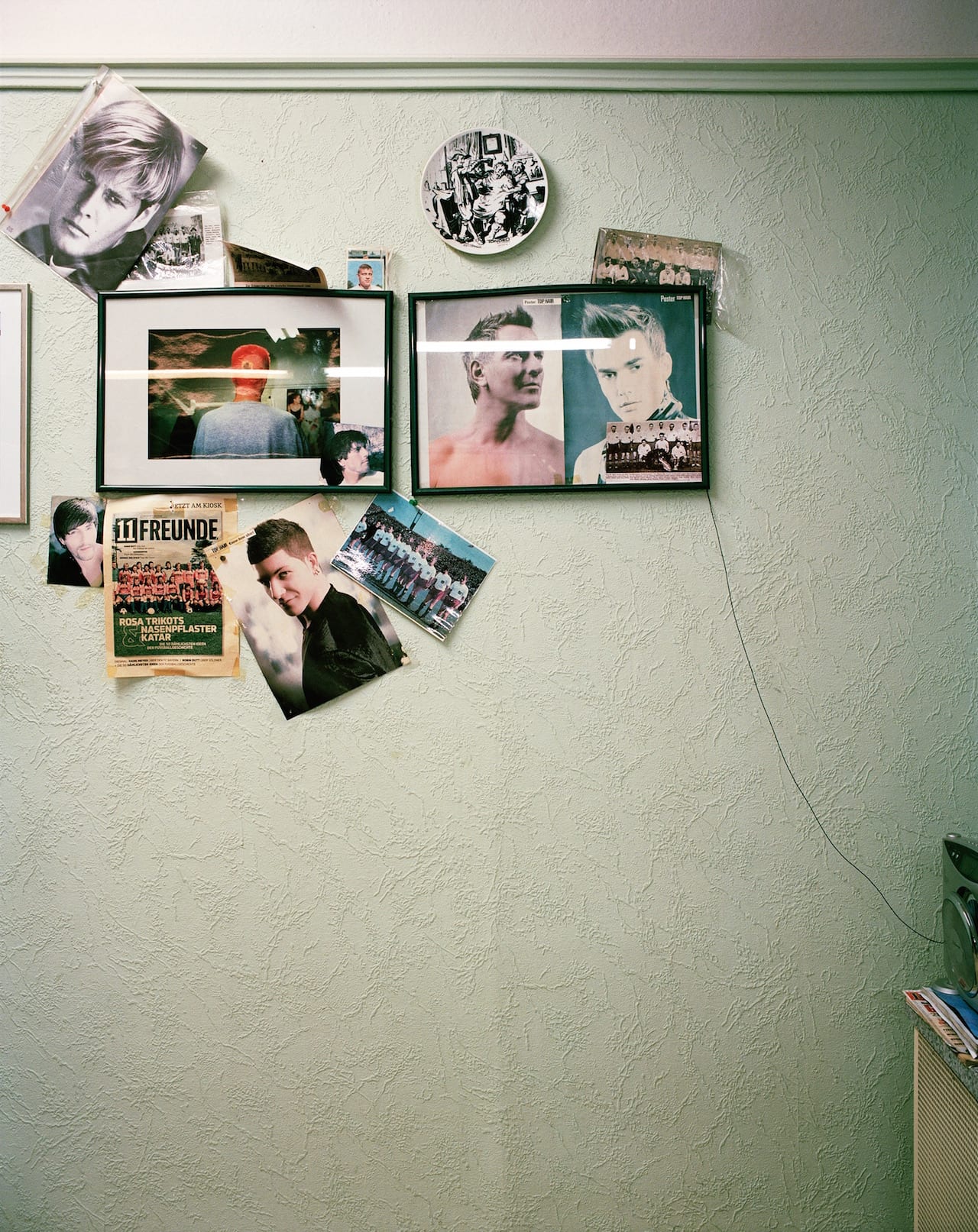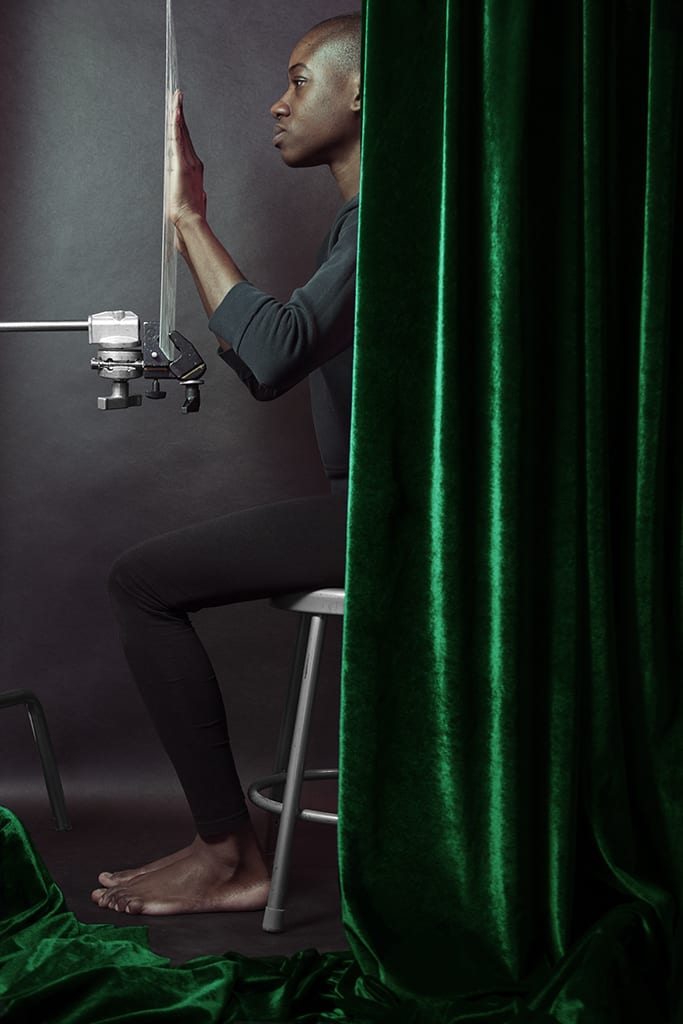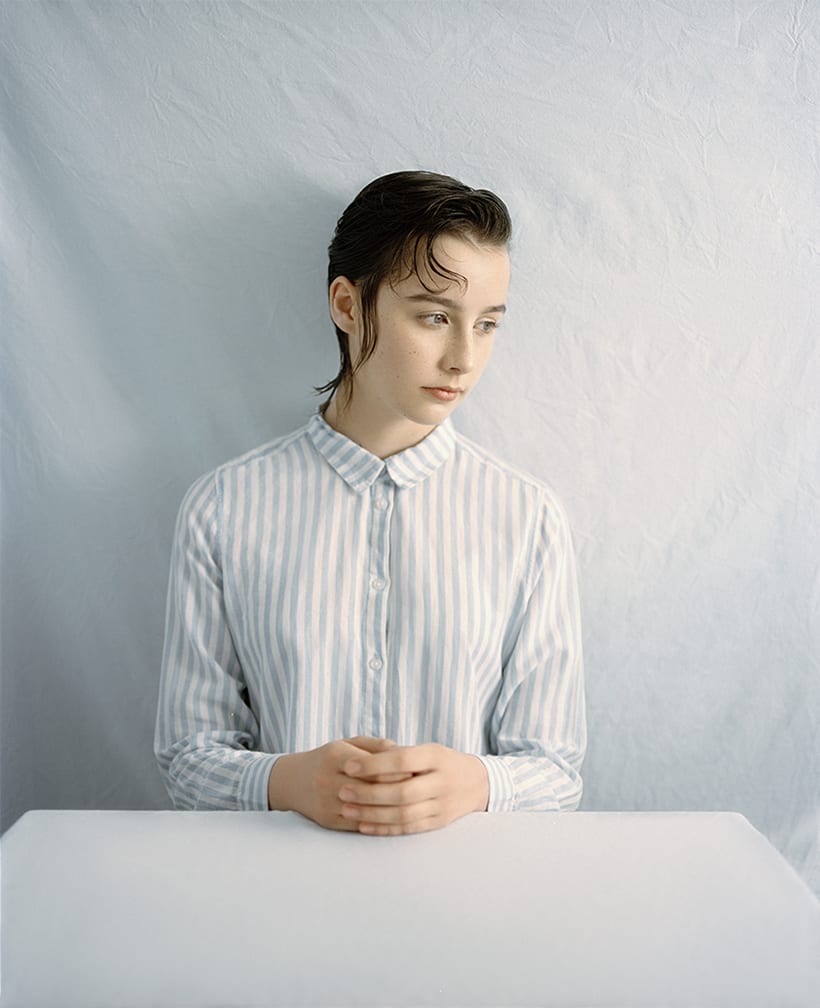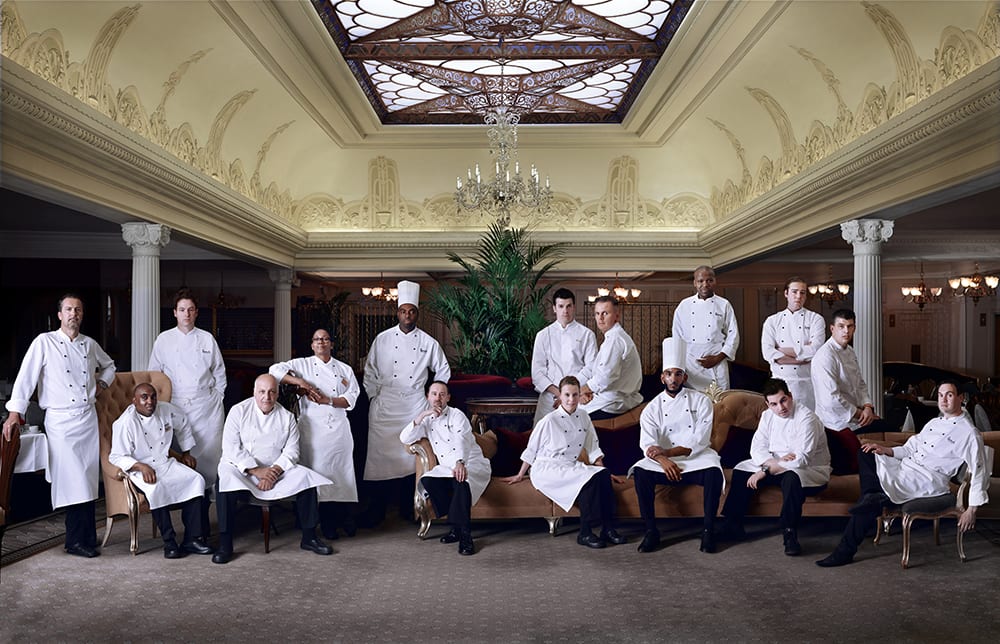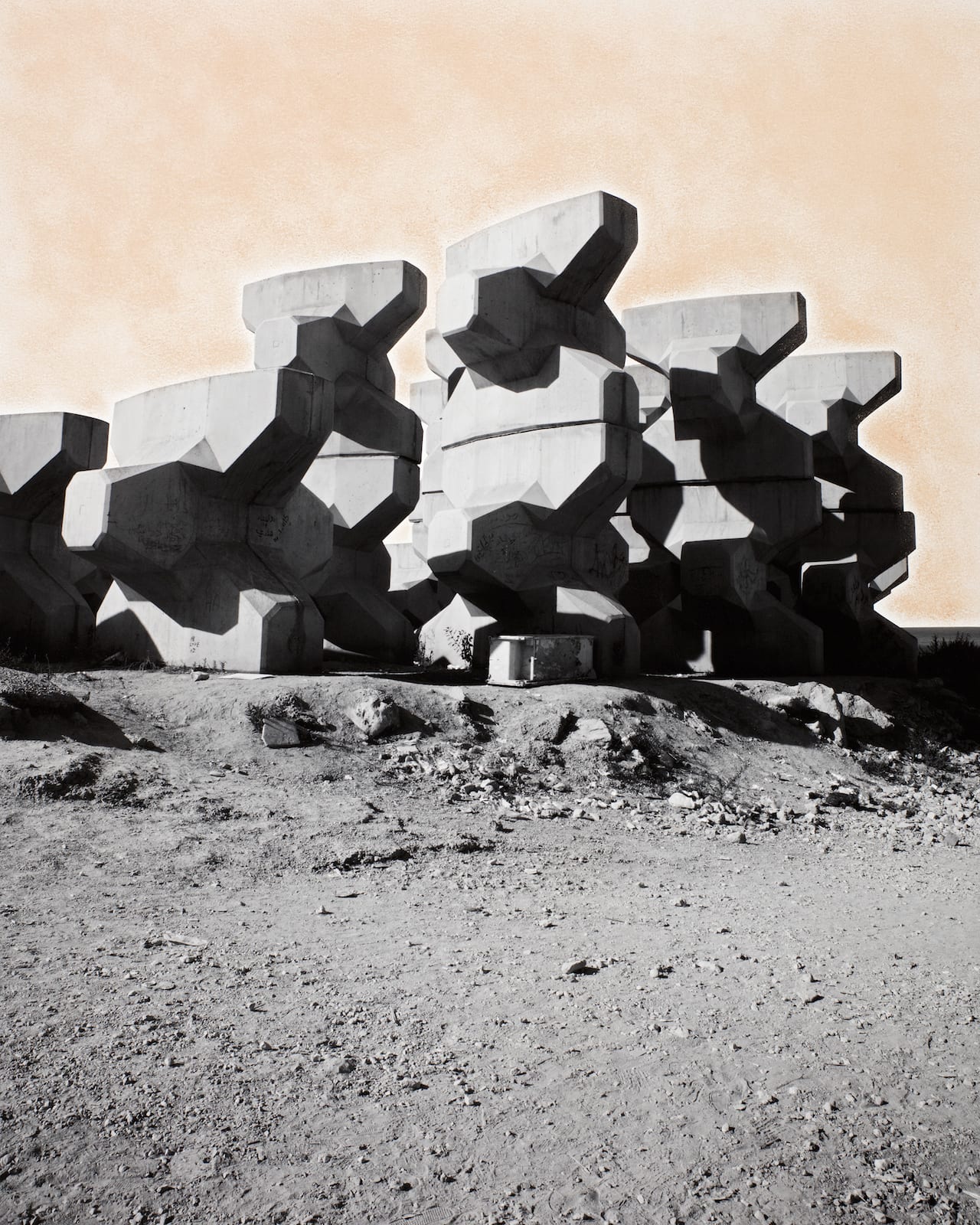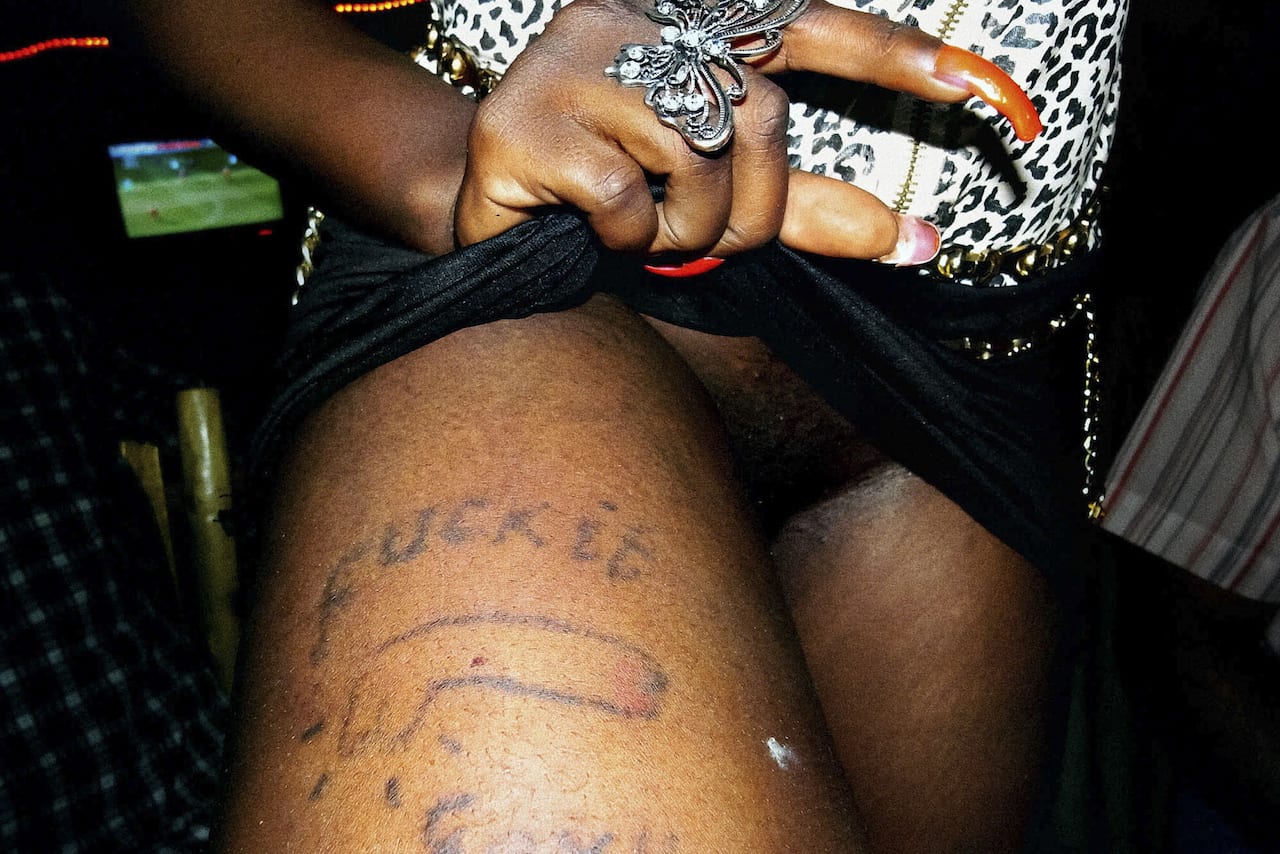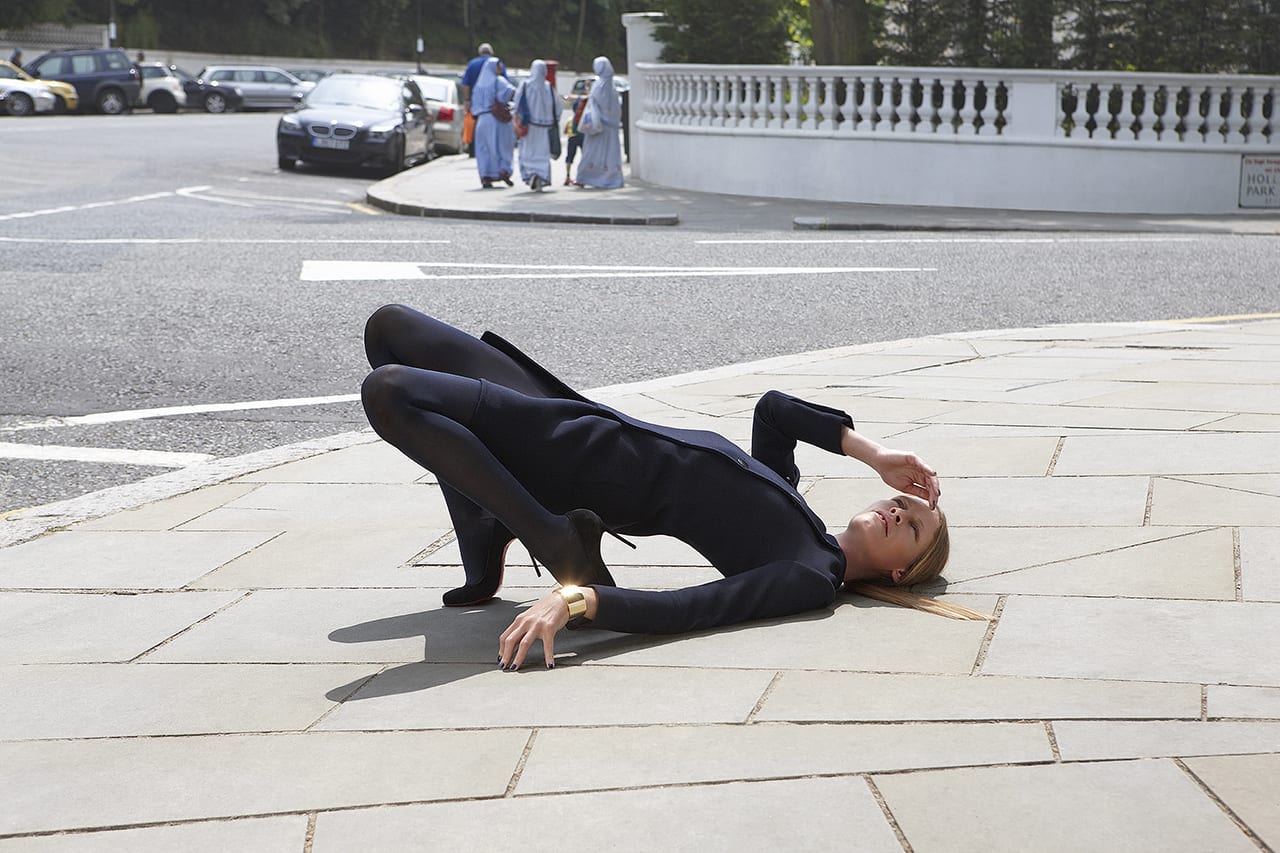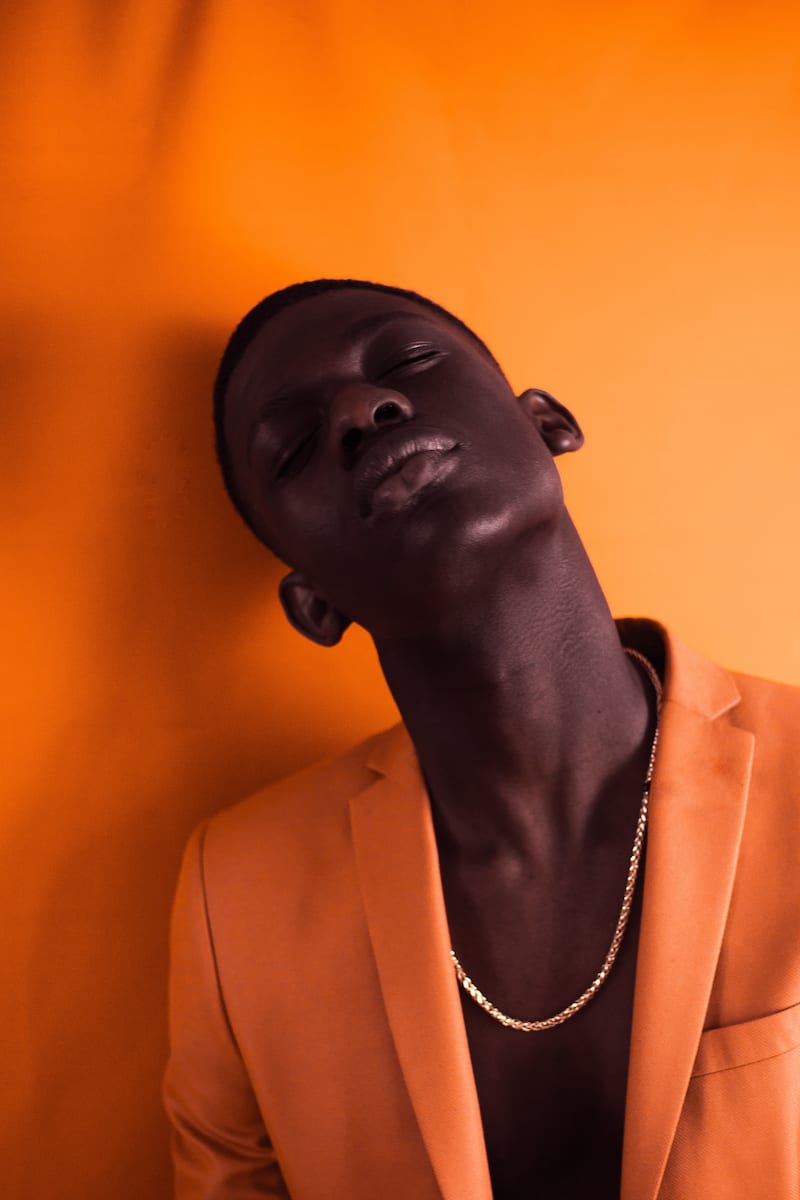How do you capture a neighbourhood in the throes of transformation? How do you negotiate the complex tensions between old and new that lie at the heart of regeneration? These are some of the quandaries that prompted Gretje Treiber to begin Hamburg Barmbek Nord: Attempts at an Encounter, an intimate requiem for the disappearing features of her local community. Originally a small collection of farms, Barmbek-Nord was transformed into a working-class district shaped by industry in the early 1900s. The area became an expanding residential hub with many new blocks of flats designed with a striking red brick and equipped with green spaces and sports facilities, built during the 1920s, only to be destroyed during the Second World War and rebuilt 15 years later. Since 1980, few urban changes have taken place, leaving the neighbourhood “almost forgotten” by the rest of the city, according to Treiber.
